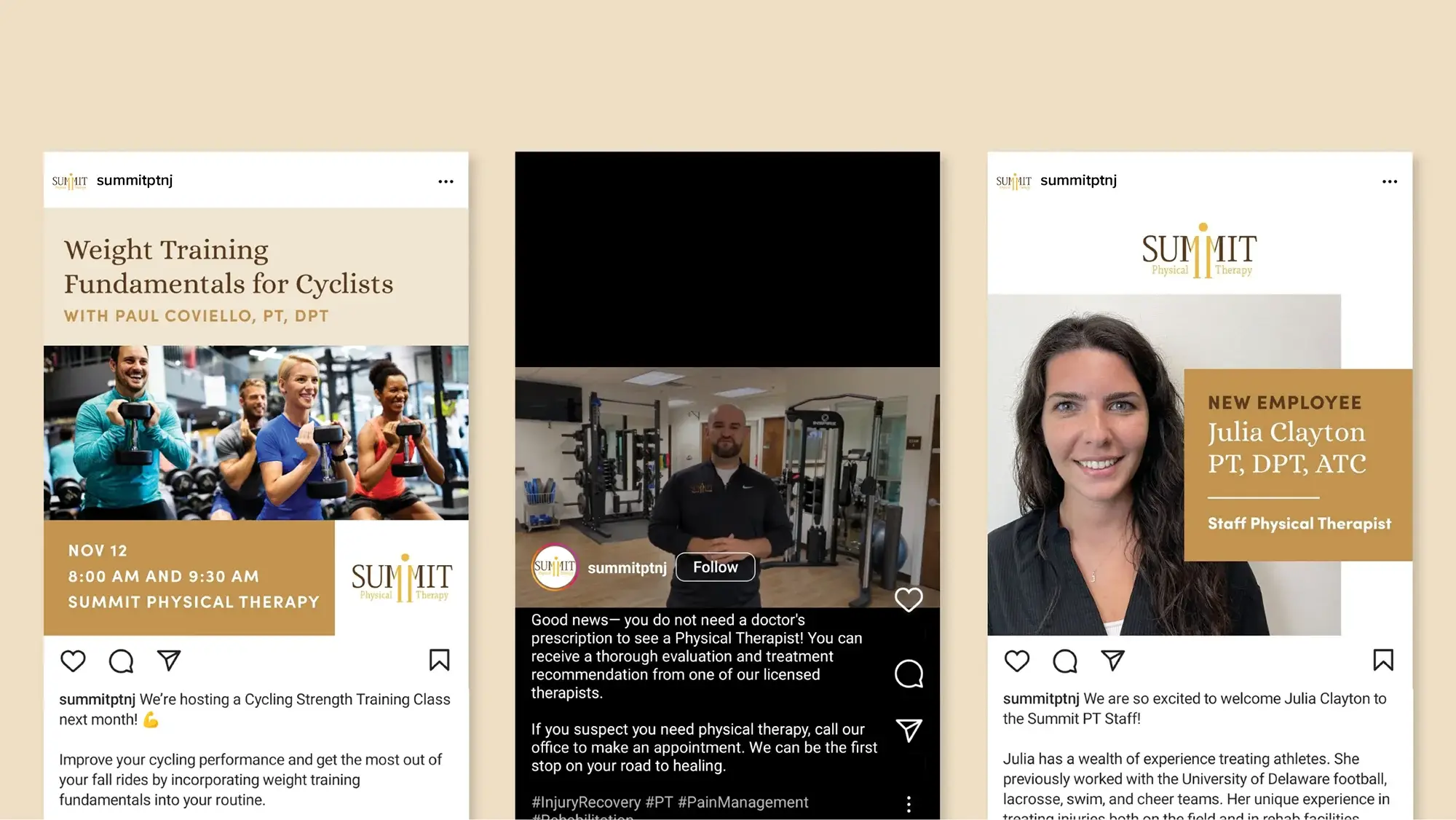Digital advertising campaigns work best when you have a focused approach. Connecting with customers who are a good fit for your services is more effective than casting a broad net. Retargeting offers precision: it finds people who have interacted with your brand or visited your website and serves them relevant ads.
Retargeting reaches individuals who have already engaged with your company when they:
- searched a relevant keyword,
- visited your website,
- signed up for your mailing list.
Retargeting offers an opportunity to recapture potential leads or customers if they leave your site without converting or meeting some marketing goal.
Retargeting for Businesses and Conversions
Reengaging this qualified audience with relevant ads or other content is a smart use of your advertising budget. B2B retargeting is especially effective because businesses take time to gather many different types of information before coming to a decision, as compared to a single consumer who may convert more readily. Repeated exposure to your helpful content can create trust in your brand.
Retargeting has been shown to increase website visits by a staggering 700%. Proper use of retargeting leads to 147% higher average conversion rates and 500% growth of branded search results. (Kwanzoo, Truelist)
It’s important to note, however, that a successful retargeting campaign demands thought and customization. Conversions depend on various factors, including the quality of your website traffic, relevance of your ads and overall user experience of your site. With the right blend of research and creativity, you should see an excellent ROI.
Steps to Successful Retargeting Campaigns
Begin by defining your marketing goals. Do you want to boost sales, increase brand awareness, or increase your website conversions? It’s important to be clear about these goals: increasing brand awareness entails a different approach than strictly boosting sales.
Identify your audience and segment them for specific targeting. Everyone on this list will have had some contact with you, but you can optimize that connection with further distinctions.
- Businesses you have a relationship with
- Brand-new customers
- Demographics
- Company size
- Specific pain points
- Industry business cycles
Once you have clearly defined segments outlined, create customized content or ads for each segment. Include relevant, useful information for each segment and make it visually appealing with a clear call to action (CTA). Aside from ads, you can engage your audience by offering them helpful blogs, podcasts, live demos, downloads – anything you think will position your brand as beneficial to that prospect. You can also offer an exclusive trial, a discount code, or a link to customer reviews.
If your ad sends people to your website, create a dedicated landing page specifically for this audience. This is an important step; you want your prospect to land on the pertinent information immediately and be able to smoothly complete their goal. For this reason, keep this landing page brief and clear, with an obvious call to action on the page.
Reaching Prospects with Retargeting
Prospects that interact with your website will be tracked using “cookies” and can be targeted very specifically based on what pages they visited or the products they viewed. Social media outlets like Facebook or Instagram use data from a pixel that is installed on your website. This data will be used to serve the prospect ads on those respective social media platforms.

In the example above, you can see a remarketing segment from an active Google Ads account, which is populated with users to re-serve or retarget ads to.
“Website Visitors” represents the number of users who have visited the client’s website and are eligible to see retargeting ads and on which channels they are served (Search Ads, YouTube, Display Ads).
Search retargeting will allow you to connect with prospects who have searched terms that are relevant to your business. You can show your ads to users who have searched for certain keywords. While retargeting users who have visited your website allows you to reengage previous visitors, search retargeting can introduce your brand to a completely new prospect.
It’s important to determine the appropriate frequency and duration limits of the ads you are sending so you don’t over-target people. Think carefully about how often and for how long your prospects would be amenable to the content you are sending.
Track Your Data to Improve Conversions
All digital advertising needs to be monitored to achieve optimum performance. Adjust your strategy based on the data and insights you gather. You can change the ad or content for a certain segment or define new segments to reach out to. Some of the key metrics you will want to track include:
- Lead conversions: number of leads that can be directly attributed to your ads
- Nurture touches: engagement from existing contacts who interact with mid or late-stage content or offers
- View-through conversions: this occurs when a prospect views your retargeted or display ad on the web, skips the ad, but then returns to your site and converts on the landing page
- Site visitors – the number of visitors to your site from the ads as measured by clickthroughs from that ad
The Impact of Retargeting on Conversions
Because a successful retargeting campaign reaches customers with strong potential – that is – those who have shown an interest or a need for your brand’s products or services, it can lead to increased conversions. Additionally, the process of retargeting will nurture your leads with relevant content, influence their decision-making process, and keep your brand top of mind.
At Trillion, our team creates content that builds brand awareness and engages prospects, and we understand how to reach prospects in a meaningful way. If you want to see how the right retargeting can help your business, give us a call at 908.219.4703 or complete our contact form.






